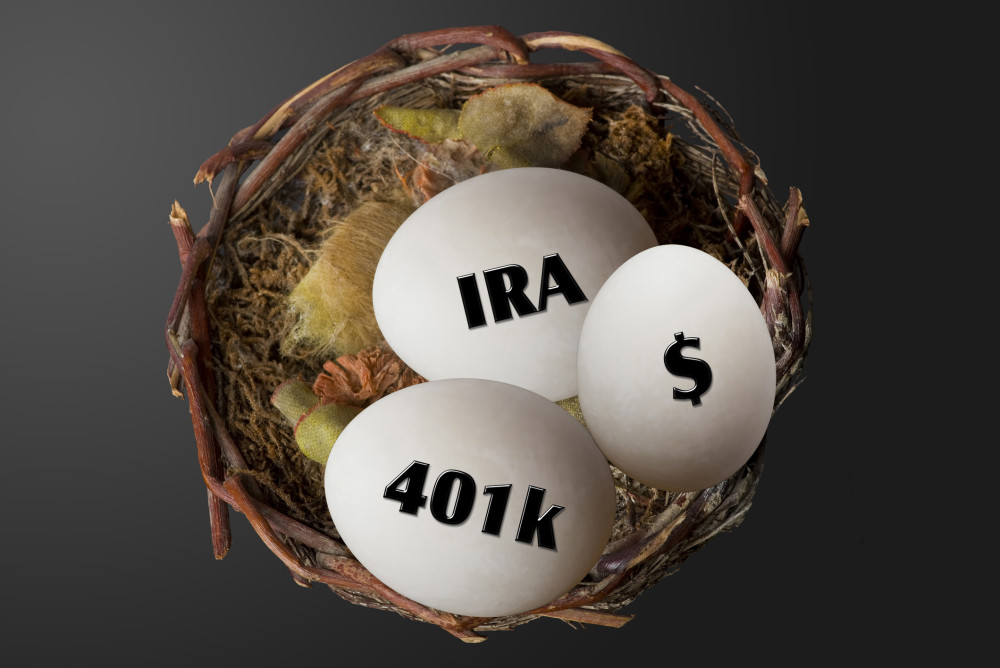By Carolyn Bigda
Chicago Tribune.
Working for yourself means giving up certain benefits, like a workplace retirement plan. But when it comes to saving for old age, you still have plenty of choices.
“Actually, a self-employed person has more options for retirement savings than just about anybody,” said Gilbert Armour, a financial planner in San Diego.
Which retirement account you choose depends on how much you earn and the amount you want to contribute in any given year, financial planners say. Here are your best options (assuming you work solo and don’t have employees).
Traditional or Roth IRAs
True, you don’t have to be self-employed to save in a traditional or Roth individual retirement account. But they are easy solutions if you’re just starting out and earning a modest salary.
The fine print: For 2015, you can put away up to $5,500 in either a traditional or Roth IRA if you’re under age 50.
Contributions to a traditional IRA are made pre-tax and earnings grow tax-deferred. With a Roth, money is put in after tax, but withdrawals are tax-free in retirement.
Anyone can contribute to a traditional IRA, but the tax deduction begins to phase out for solo workers if you have a spouse who is covered by a company retirement plan and your household income exceeds $183,000 in 2015.
Your eligibility for a Roth starts to go away if you’re single and earn $116,000 or more in 2015 ($183,000 and up if you’re married).
SEP-IRA
What if you can afford to stash away more than $5,500 this year? Consider opening a simplified employee pension plan, or SEP-IRA.
SEPs are available through brokerages, such as Fidelity Investments and The Vanguard Group. And you can put away a significant amount, as much as 20 percent of your net self-employment income, up to a maximum of $53,000 in 2015.
“SEP-IRAs are easy and inexpensive to set up, and you can put in a good chunk,” said Kristi Sullivan, a financial planner in Denver.
The fine print: Procrastinators are in luck. Just as with traditional IRAs and Roths, you have until tax day to open and fund a SEP-IRA. So, for 2015, you can set up and put money in a SEP as late as April 15, 2016. Contributions are tax-deductible and earnings grow tax-deferred.
SOLO 401(K)
But if you can afford to save even more, most financial planners would suggest opening an individual 401(k) (also known as a self-employed or solo 401(k)).
Starting a 401(k) for yourself is easier than you might think. The accounts are offered through major brokerages, and over the years, “the paperwork has become more streamlined and the fees have basically been eliminated,” said Jim McGowan, a financial planner in Doylestown, Pa.
With a solo 401(k), the maximum contribution allowed for 2015 is $53,000, the same as the SEP. But unlike the SEP, an employee (you) can contribute 100 percent of pay, up to $18,000 in 2015. The employer (your business) also can kick in an additional 25 percent of compensation.
As a result, it’s easier to maximize savings in a solo 401(k) than in other self-employed plans, said Drew Weckbach, a financial planner in St. Louis, Mo.
You also get flexibility. That’s because although employer contributions must be traditional (tax-deductible), you can elect to make either traditional or Roth contributions from your salary.
“It’s a good diversifier,” Weckbach said.
The fine print: A solo 401(k) account must be opened by Dec. 31 to count for 2015. Contributions, however, can be made until April 15 next year.














































































































































































































































































































































































